Exploring the Rich History Behind Shweshwe Traditional Dresses
Exploring the Rich History Behind Shweshwe Traditional Dresses

Introduction
Shweshwe traditional dresses hold a significant place in South African culture, embodying the rich history and heritage of the country. These dresses are not simply garments; they carry deep cultural meanings and are a symbol of identity and pride for many South Africans. In this article, we will explore the significance of Shweshwe traditional dresses and delve into the fascinating history behind their creation and evolution.
The significance of Shweshwe traditional dresses
Shweshwe traditional dresses are more than just fashion statements; they are a reflection of the wearer’s cultural heritage. These dresses are often adorned with intricate and vibrant patterns that tell stories of African traditions and customs. They serve as a means of embracing and preserving the cultural heritage of South Africa, showcasing the diversity and beauty of the nation.


An overview of the rich history behind Shweshwe traditional dresses
The history of Shweshwe traditional dresses dates back to the arrival of German settlers in the Eastern Cape province of South Africa in the 19th century. The fabric, originally known as “Indigo cloth,” was introduced by the settlers and quickly adopted by the local Xhosa women. Over the years, the fabric became synonymous with South African culture and was renamed “Shweshwe” after King Moshoeshoe I of Lesotho.
Originally, Shweshwe fabric was imported from Europe, but in the 1980s, it started being produced locally in South Africa. Today, Shweshwe traditional dresses are not only worn on special occasions and celebrations but have also gained popularity in the fashion industry globally. The fabric is now used in various modern designs, combining traditional elements with contemporary styles.
The history behind Shweshwe traditional dresses is a testament to the resilience and adaptability of South African culture. These dresses continue to be cherished and celebrated, serving as a powerful symbol of cultural pride and identity.
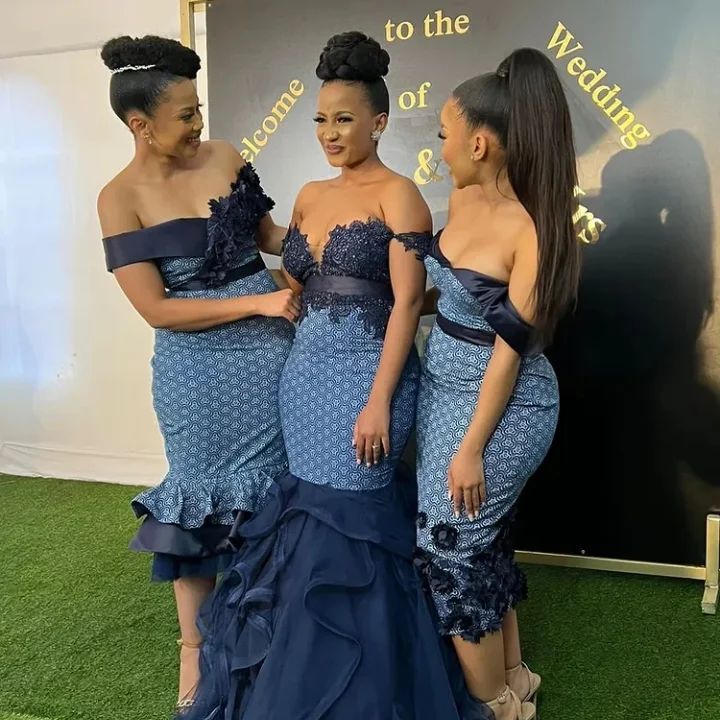

The Origins of Shweshwe Fabric
Shweshwe traditional dresses hold a significant place in South African culture, embodying the rich history and heritage of the country. These dresses are not simply garments; they carry deep cultural meanings and are a symbol of identity and pride for many South Africans. In this article, we will explore the significance of Shweshwe traditional dresses and delve into the fascinating history behind their creation and evolution.
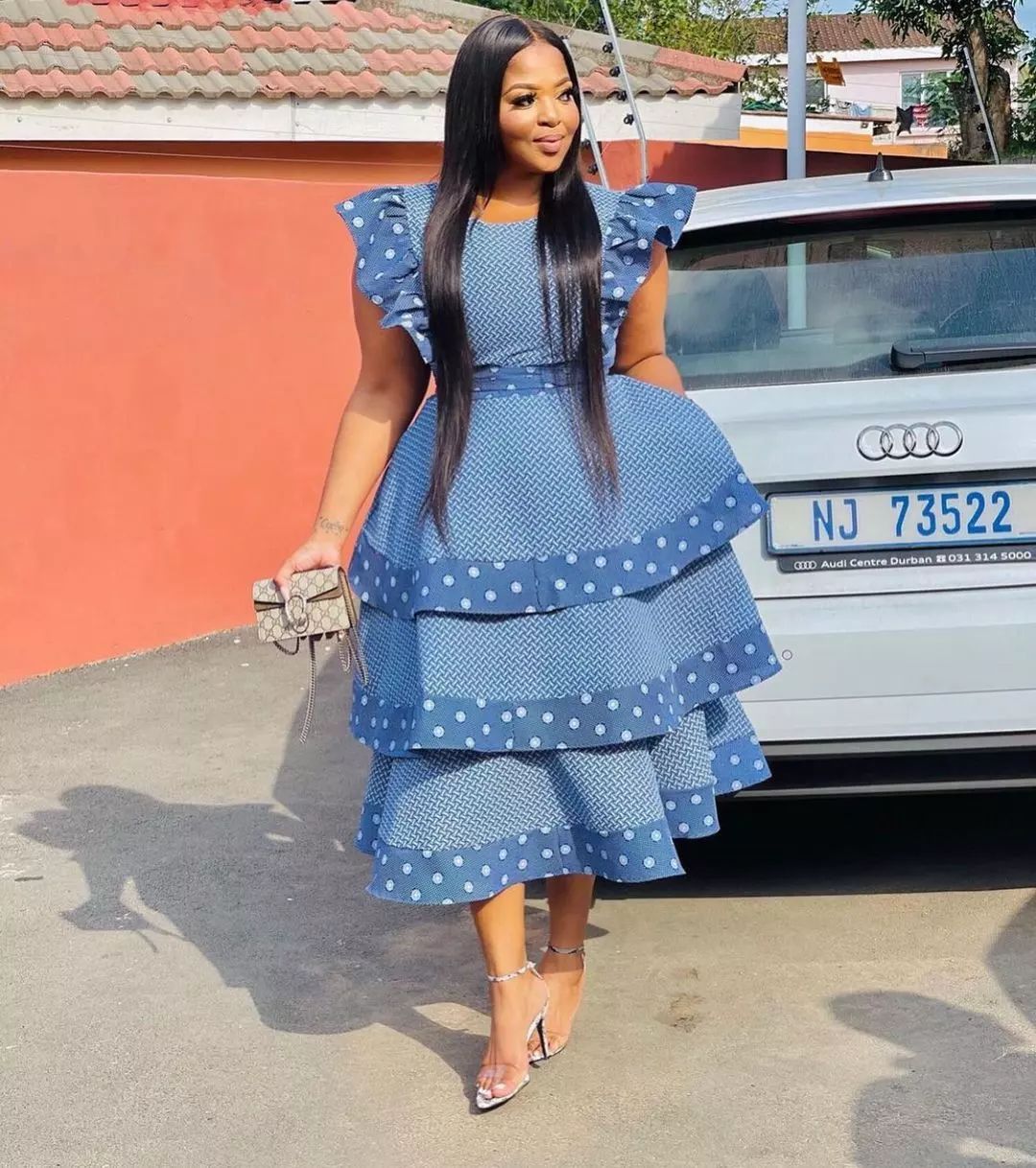

The origins of Shweshwe fabric in South Africa
The history of Shweshwe fabric dates back to the 19th century when German settlers introduced the fabric to the Eastern Cape province of South Africa. Originally known as “Indigo cloth,” it quickly gained popularity among the local Xhosa women. The fabric’s distinctive patterns and colors captivated the women, and they started incorporating it into their traditional costumes. Over the years, the fabric became an integral part of South African culture and was eventually renamed “Shweshwe” in honor of King Moshoeshoe I of Lesotho.
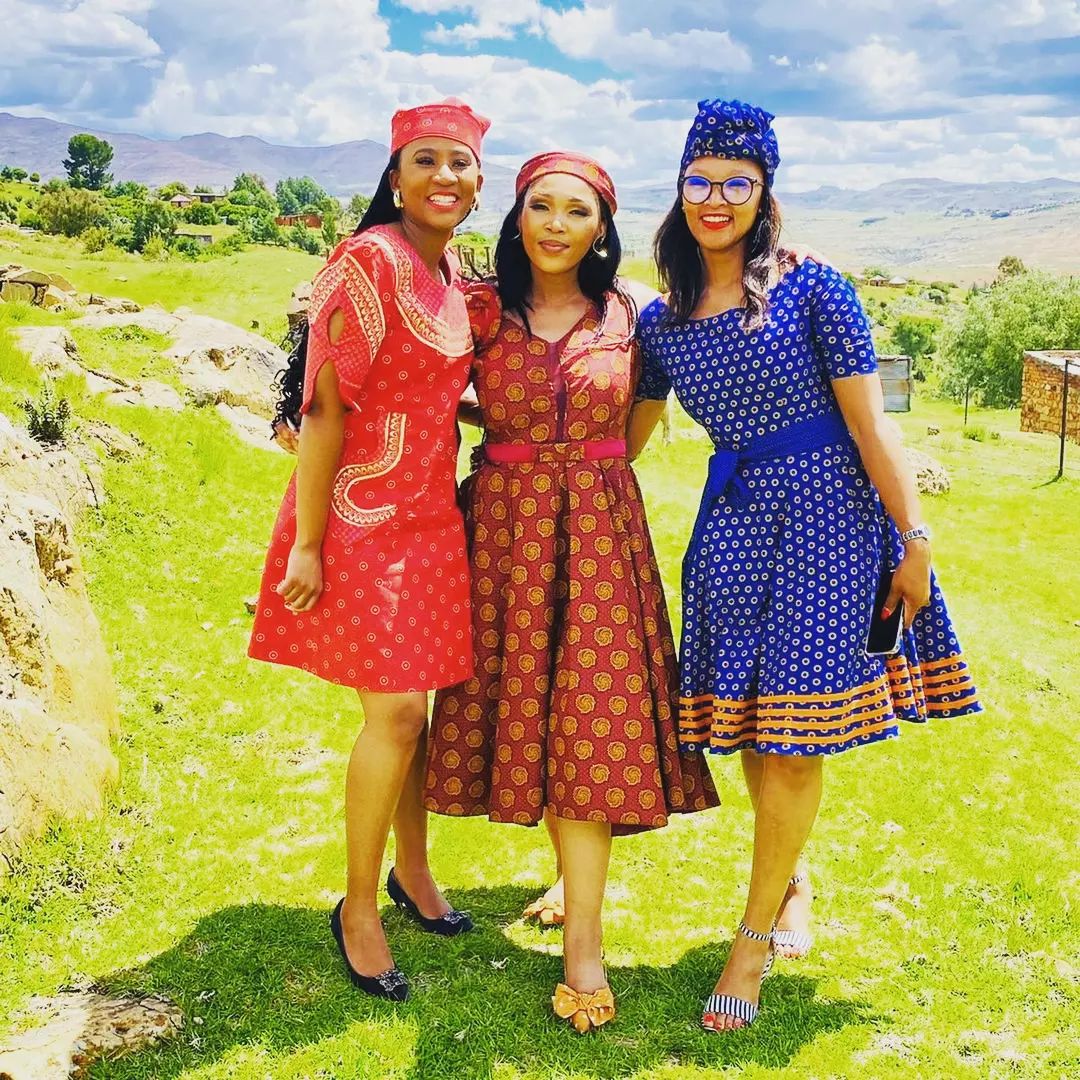

The cultural and historical importance of Shweshwe fabric
Shweshwe fabric is more than just a fabric; it is an embodiment of African traditions and customs. The intricate and vibrant patterns adorning the fabric tell stories of cultural heritage, passing down through generations. The fabric is a reflection of the diverse and beautiful nation of South Africa, showcasing the cultural richness that exists within its borders. Over time, Shweshwe traditional dresses have become not only a way to preserve and embrace the cultural heritage but also an expression of individuality and pride.
The history behind Shweshwe traditional dresses is a testament to the resilience and adaptability of South African culture. These dresses continue to be cherished and celebrated globally, serving as a powerful symbol of cultural pride and identity.
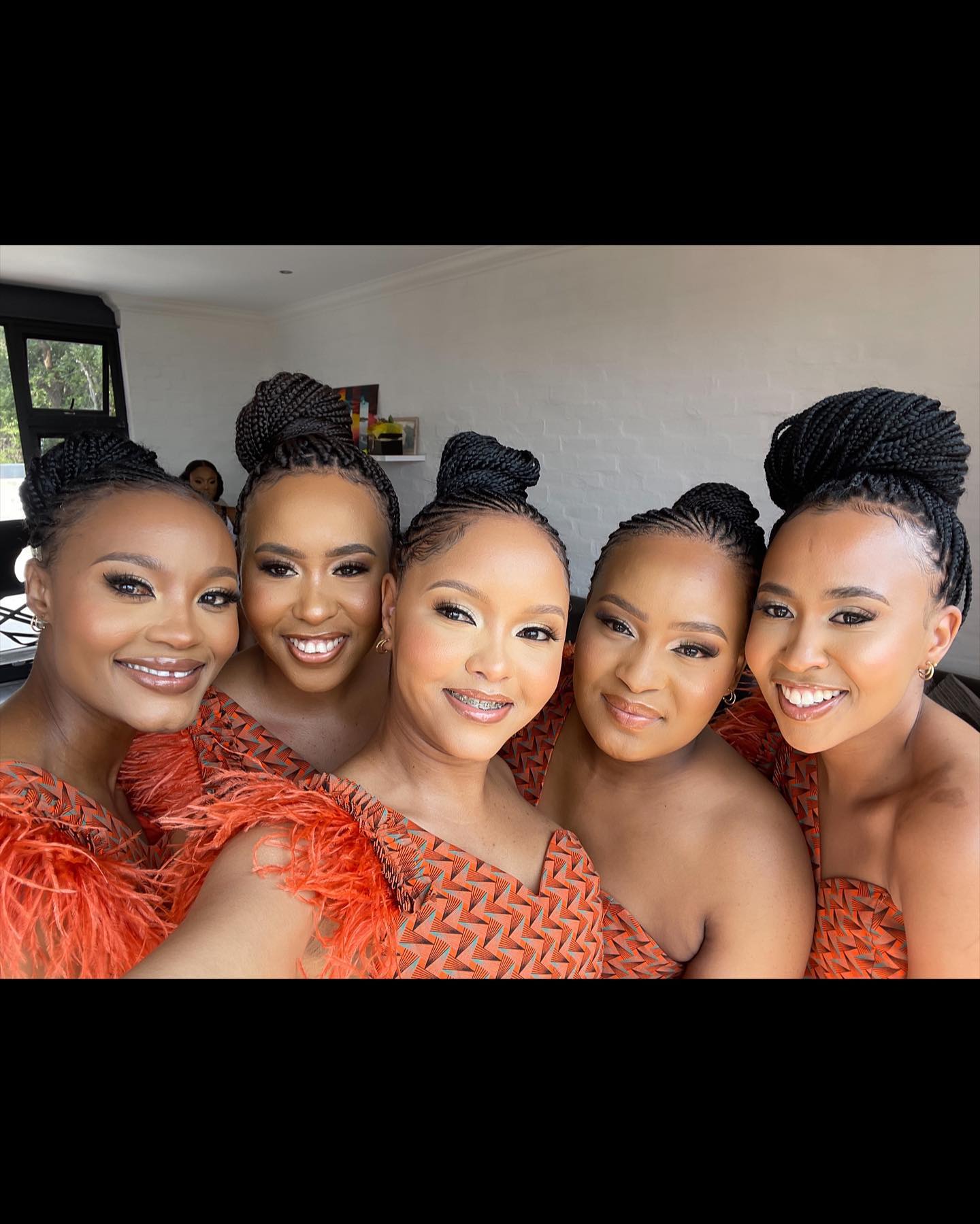

Evolution of Shweshwe Traditional Dresses
Over the years, Shweshwe traditional dresses have undergone a remarkable transformation, reflecting both cultural heritage and the influence of Western fashion. These unique garments, deeply rooted in South African culture, have evolved to suit the changing times while remaining true to their historical significance.


The evolution of Shweshwe traditional dresses over the years
Originally introduced by German settlers in the 19th century, Shweshwe fabric quickly gained popularity among Xhosa women in the Eastern Cape province. The vibrant and intricate patterns captivated the local women, leading to its integration into traditional costumes. Over time, new styles, designs, and color combinations have emerged, allowing for a more diverse representation of Shweshwe traditional dresses.
In recent years, contemporary designers have also embraced the Shweshwe fabric, incorporating it into modern fashion trends. This fusion of traditional and modern elements has brought a fresh perspective to Shweshwe dresses, making them versatile and appealing to a wider audience.

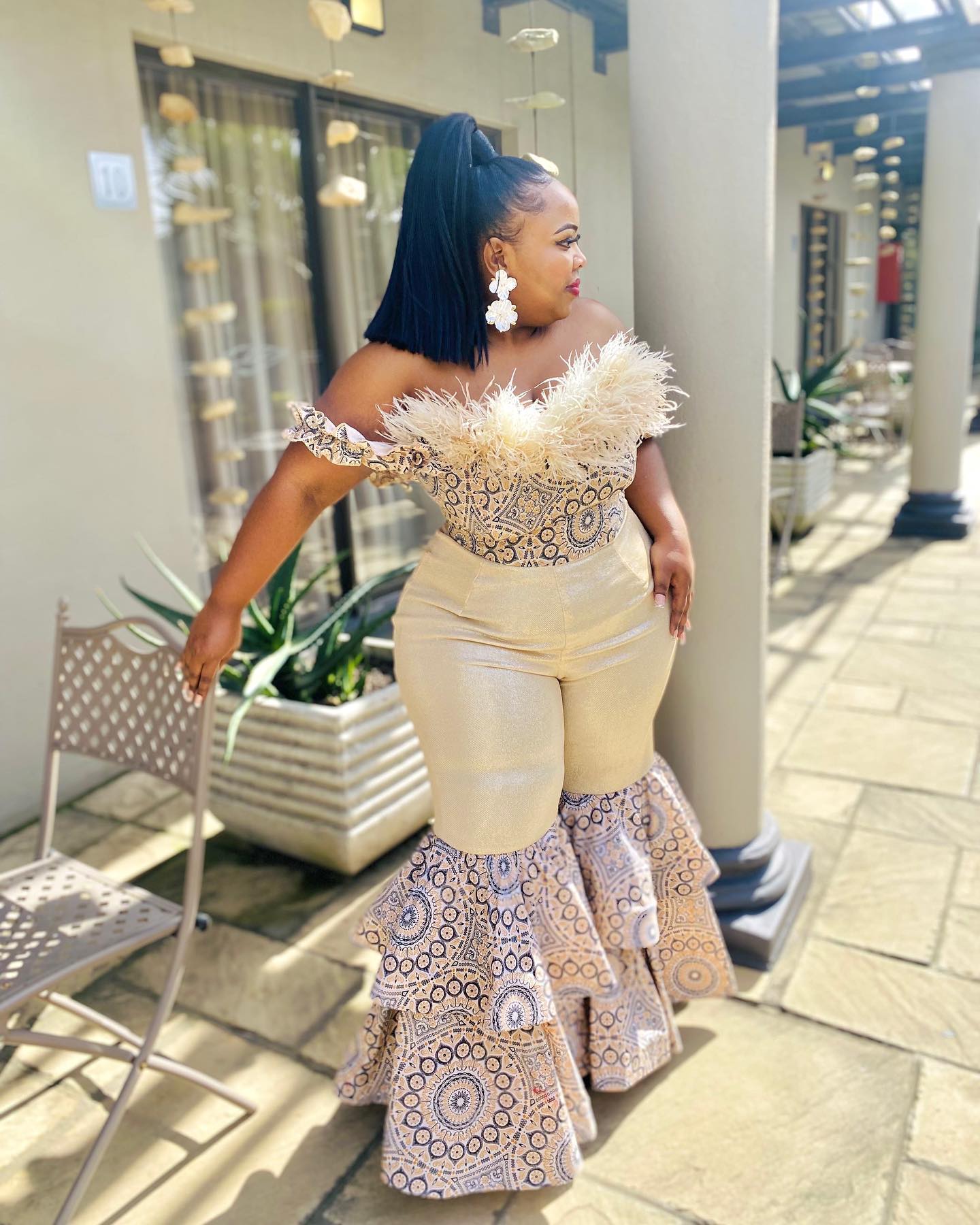
Influence of Western fashion on Shweshwe traditional dresses
The influence of Western fashion on Shweshwe traditional dresses cannot be ignored. As South Africa became more connected to the global fashion industry, elements such as silhouette, tailoring, and embellishments started to merge with the traditional designs. This fusion created a unique blend that embodies both the rich cultural heritage of South Africa and the contemporary fashion trends.
Today, you can find Shweshwe dresses featuring modern cuts, innovative silhouettes, and Western-inspired detailing, while still retaining the essence of the fabric’s traditional patterns and colors.
In conclusion, the evolution of Shweshwe traditional dresses showcases the adaptability and creativity of South African culture. These garments have transcended time, embracing new influences while preserving their historical significance. Whether worn for cultural celebrations, special occasions, or everyday wear,Shweshwe dresses continue to be a symbol of pride, identity, and the enduring spirit of South Africa.
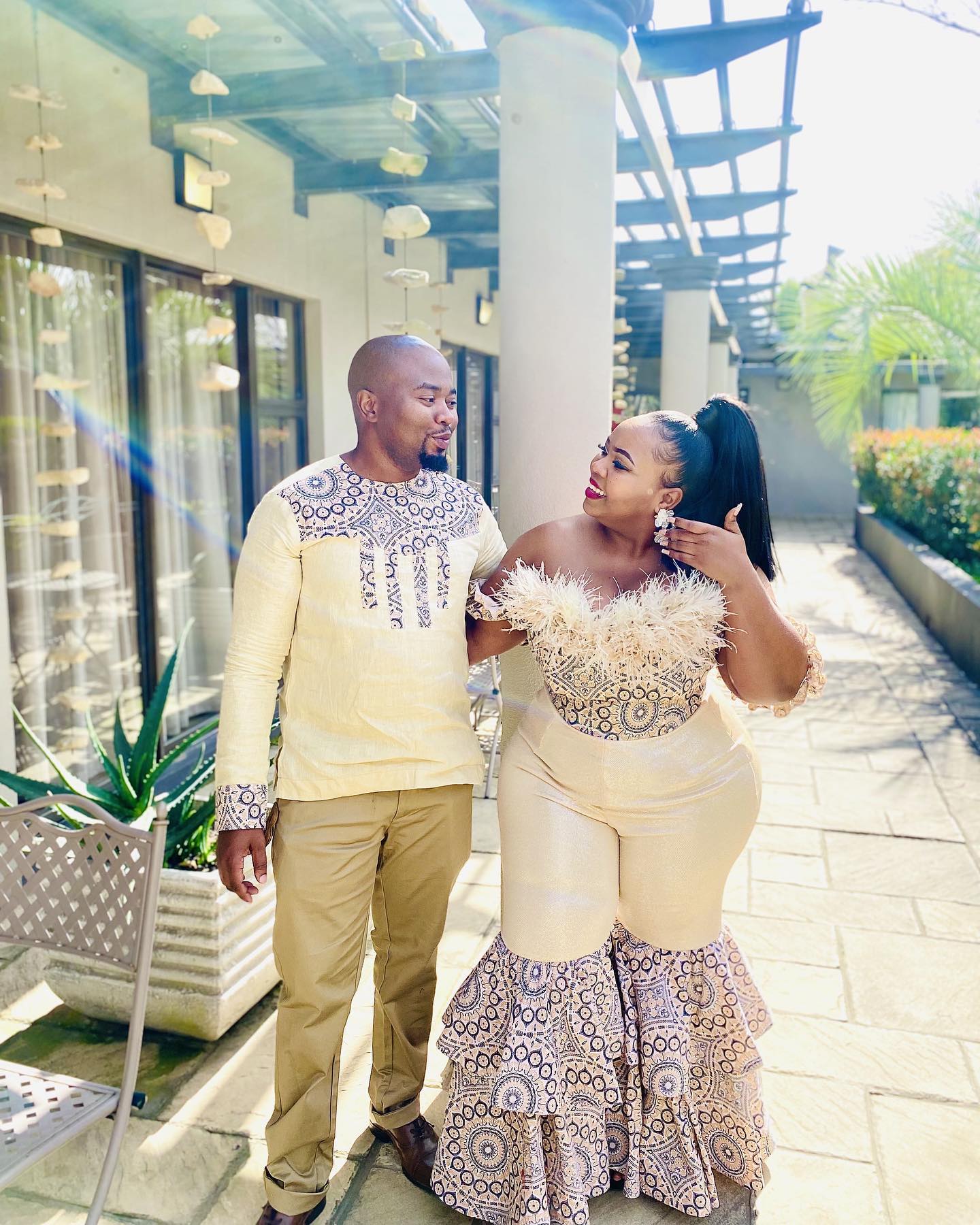
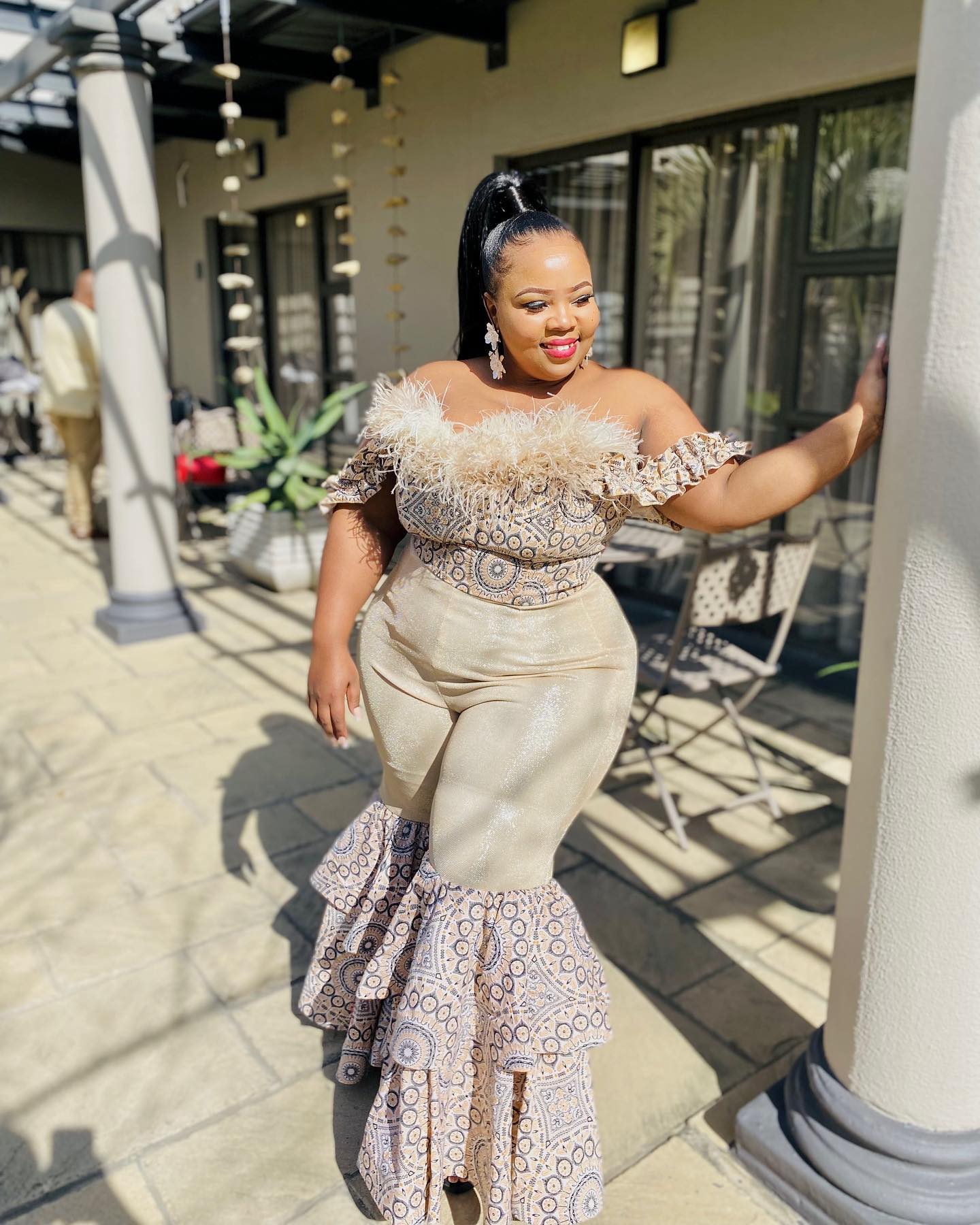
Symbolism in Shweshwe Traditional Dresses
Meanings and symbolism behind the patterns and colors of Shweshwe traditional dresses
Shweshwe traditional dresses are not merely garments; they are rich in symbolic meaning and cultural significance. The intricate patterns and vibrant colors woven into the fabric tell stories and convey messages that go beyond their aesthetic appeal.
The patterns found in Shweshwe fabric often represent aspects of nature, spirituality, and daily life. Some common motifs include flowers, animals, geometric shapes, and abstract designs. Each pattern has its own meaning, which may vary based on the specific culture and community.
In addition to patterns, colors play a crucial role in Shweshwe traditional dresses. Different colors carry distinct symbolism. For example, blue is often associated with spirituality and protection, while red symbolizes love and vitality. The combination of colors in a dress can also convey specific messages, such as unity, fertility, or celebration.
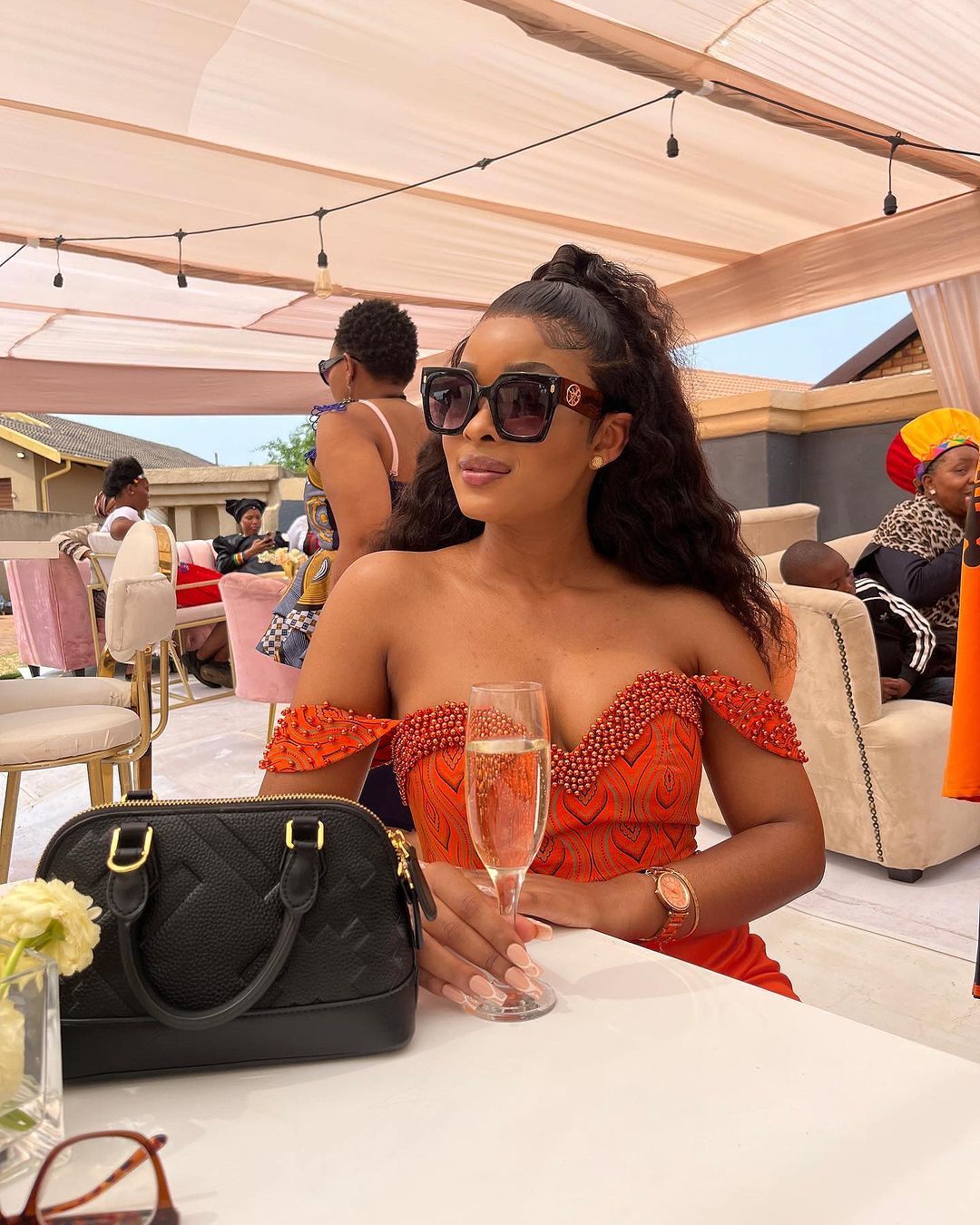
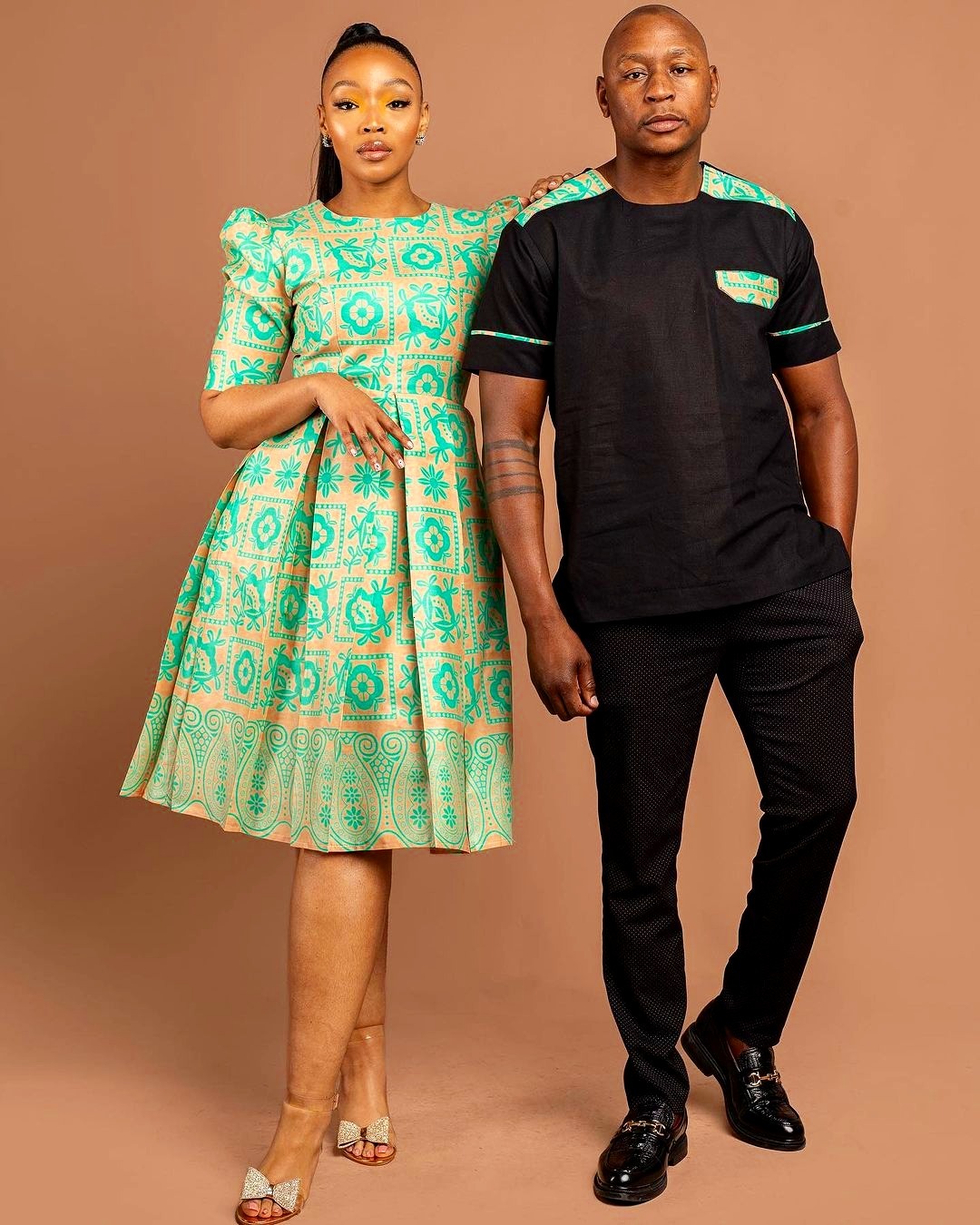
How Shweshwe traditional dresses reflect cultural identity
Shweshwe traditional dresses are deeply rooted in South African culture and serve as a powerful expression of cultural identity. These garments not only provide a visual representation of a person’s heritage but also send a message of pride and belonging.
Wearing a Shweshwe dress is a way for individuals to connect with their ancestors and honor their traditions. It is a declaration of one’s cultural heritage and a celebration of the diversity and beauty of South African culture.
Beyond personal identity, Shweshwe traditional dresses also foster a sense of community. They are often worn during cultural events, celebrations, and ceremonies, where they become a unifying symbol that brings people together and strengthens the bonds of their shared heritage.
In conclusion, Shweshwe traditional dresses are more than just garments; they carry deep symbolic meanings and reflect the cultural identity of individuals and communities. The intricate patterns and vibrant colors tell stories and convey messages that connect people to their heritage and foster a sense of pride and belonging.

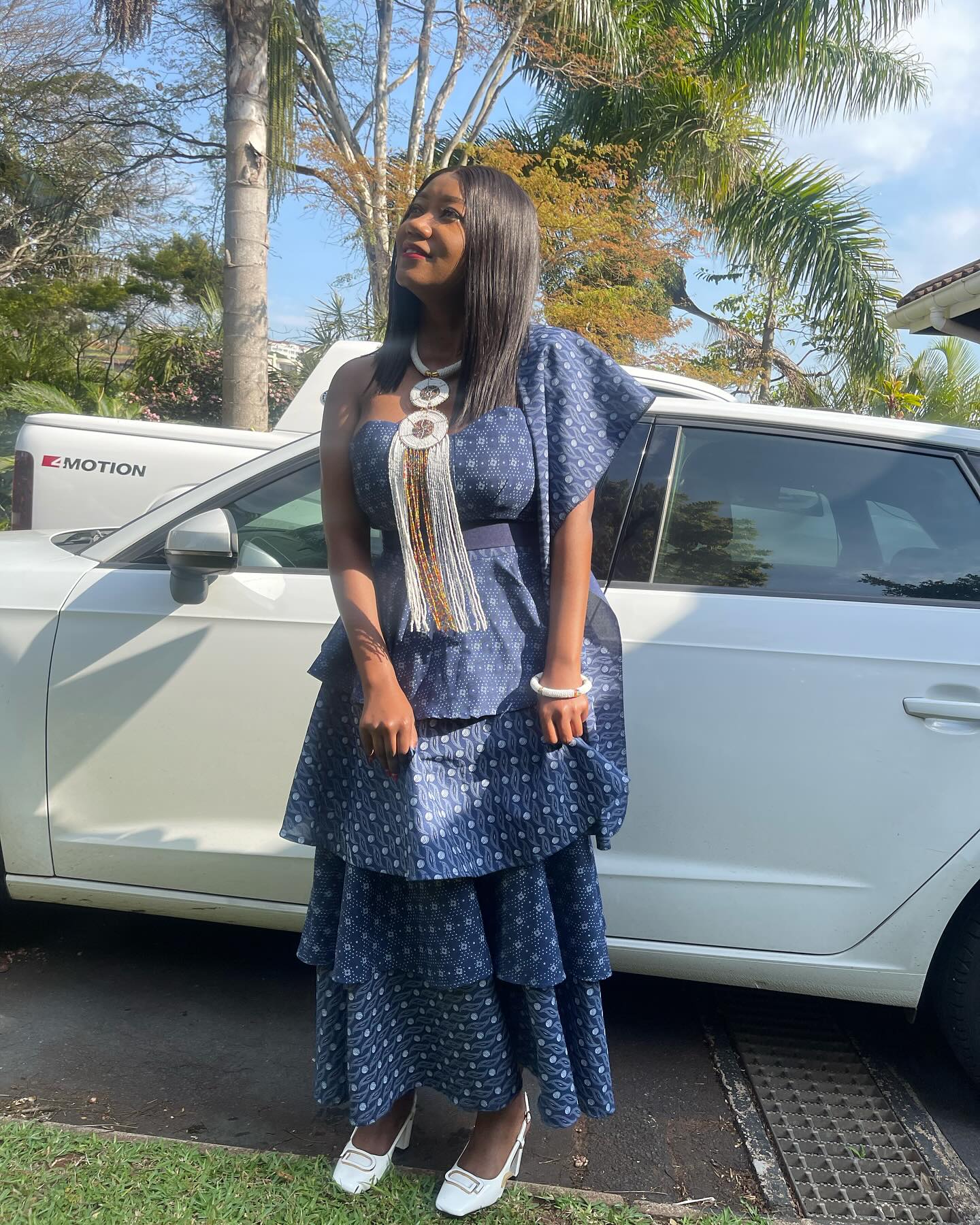
Modern Adaptations of Shweshwe Traditional Dresses
Contemporary designs and styles of Shweshwe traditional dresses
Shweshwe traditional dresses have a rich history that dates back many generations. While they have deep cultural significance, these dresses have also evolved with the times. Today, you can find contemporary designs and styles that fuse the traditional elements of Shweshwe fabric with modern aesthetics.
Fashion designers have embraced the beauty and versatility of Shweshwe fabric, incorporating it into a range of dress styles. From elegant gowns to casual outfits, there are
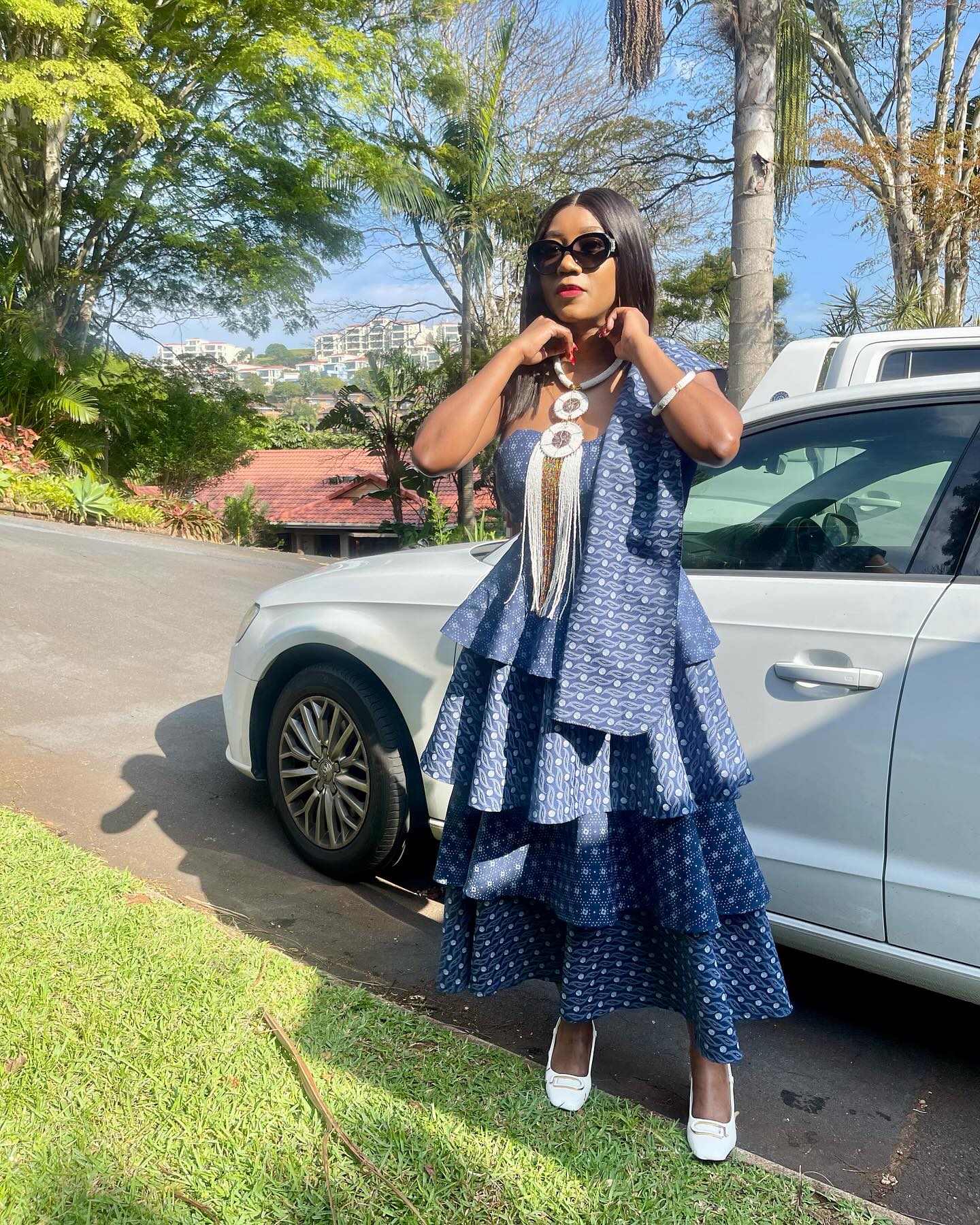
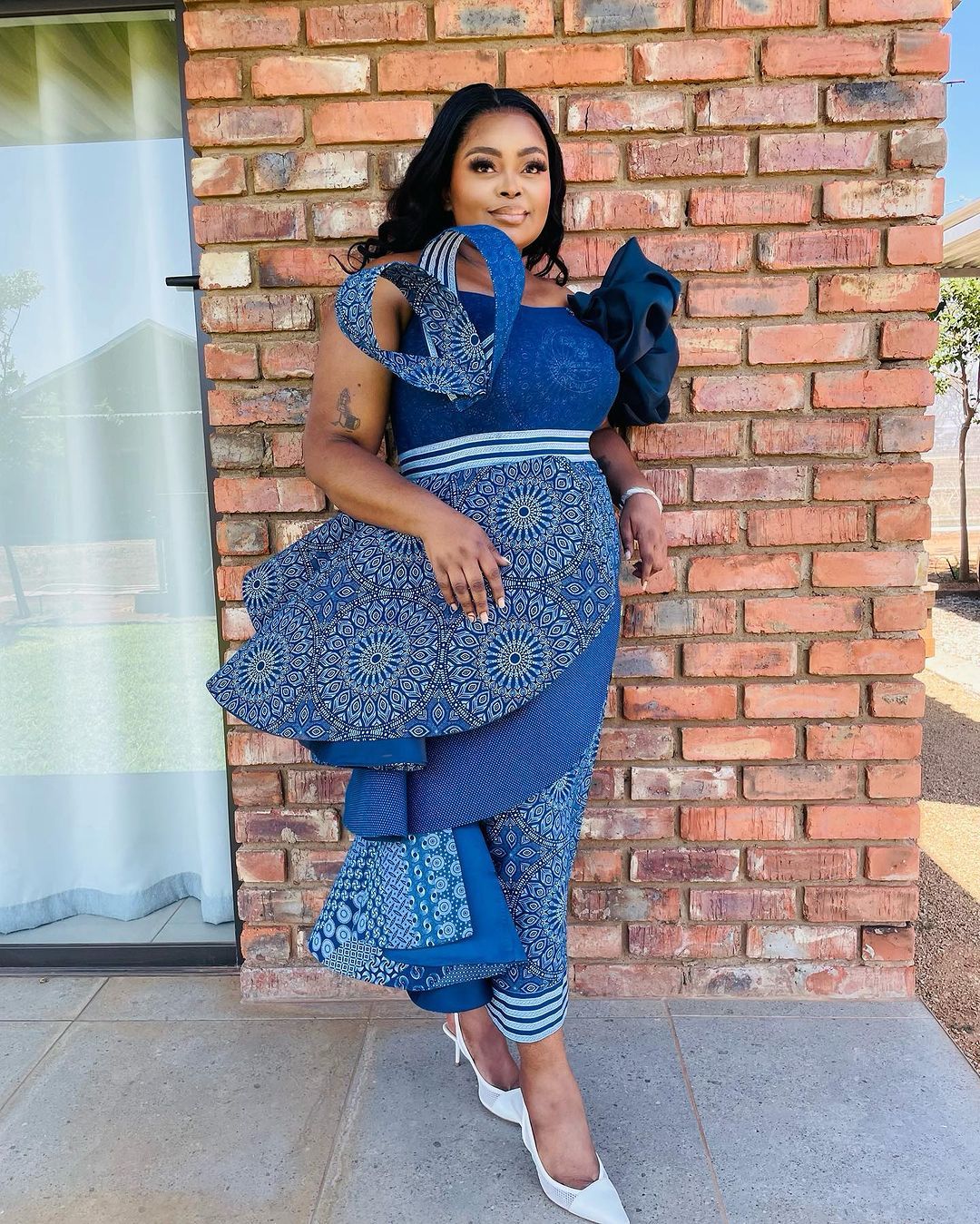
Symbolism in Shweshwe Traditional Dresses
Meanings and symbolism behind the patterns and colors of Shweshwe traditional dresses
Shweshwe traditional dresses hold more than just aesthetic appeal – they are laden with symbolic meaning and cultural significance. The intricate patterns and vibrant colors woven into the fabric tell stories and convey messages that go beyond mere adornment. These traditional dresses often feature patterns that represent nature, spirituality, and daily life, such as flowers, animals, geometric shapes, and abstract designs. Each pattern carries its own unique meaning, which can vary based on the specific culture and community. Colors also play a significant role, with each hue carrying distinct symbolism. The combination of patterns and colors in Shweshwe dresses reflects not only personal identity but also serves as a unifying symbol of cultural heritage, fostering a sense of pride and belonging within the community.













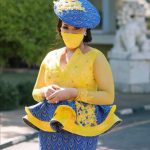



Comments are closed.